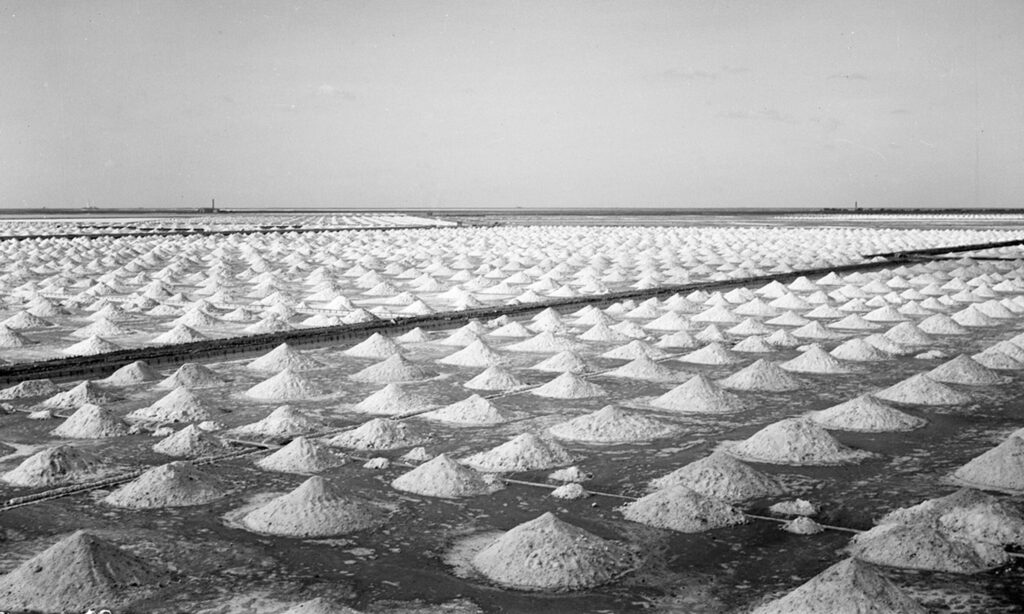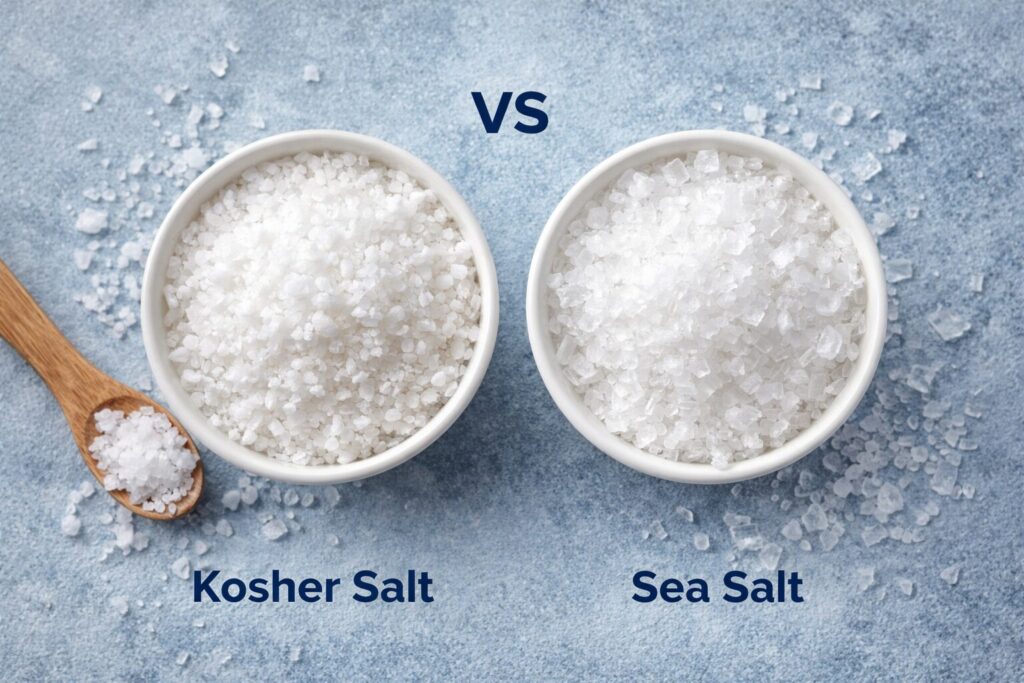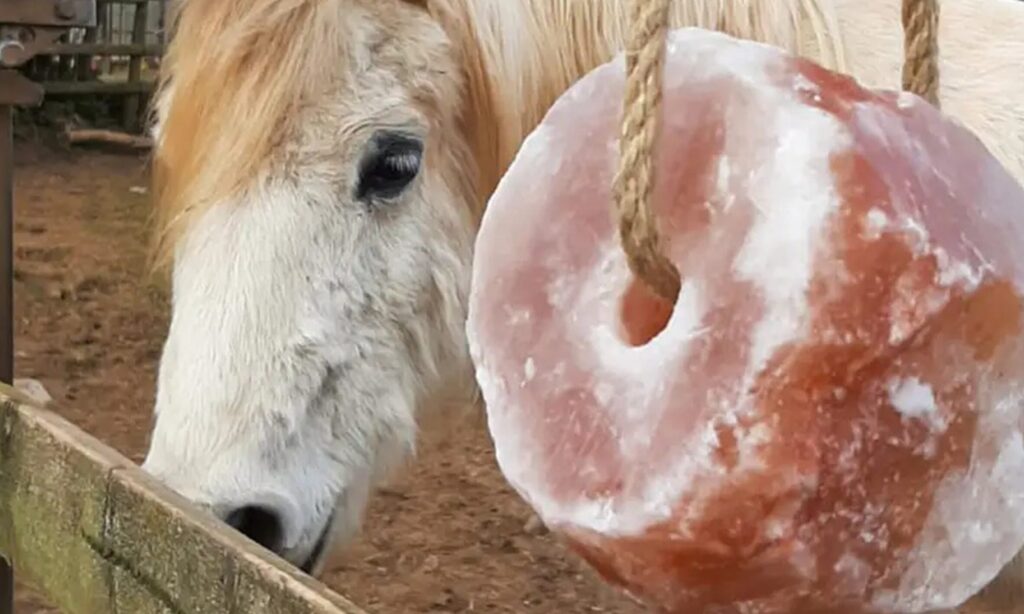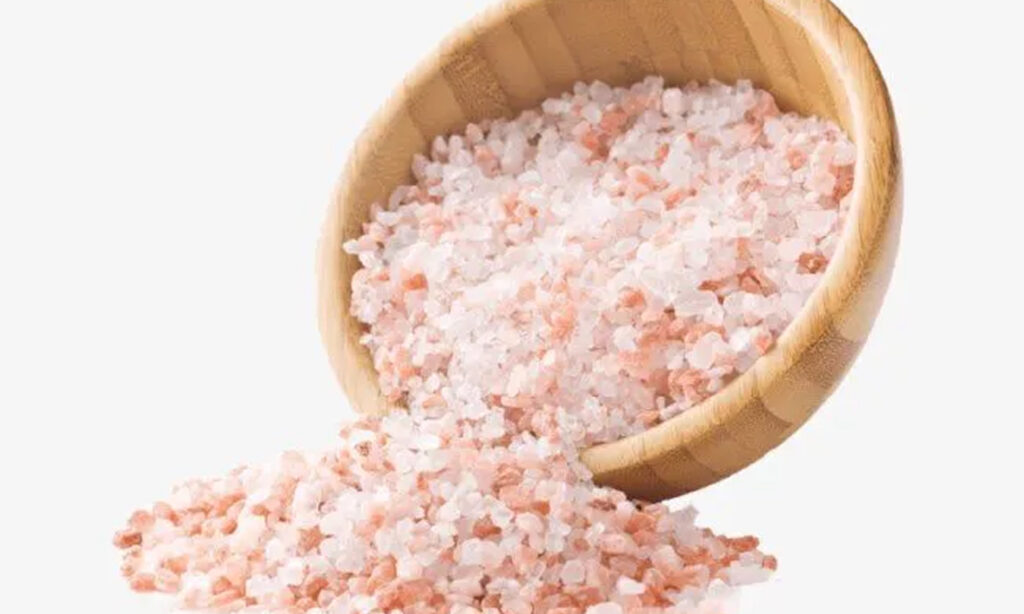A Timeless Mineral of Value
Himalayan salt history is more than just a story of crystals formed in the earth it’s a narrative of culture, trade, healing, and spirituality. Mined primarily from the Khewra Salt Mine in Pakistan, this pink rock salt has become globally recognized not only for its aesthetic appeal but for its ancient origins and deep cultural roots.
From ancient civilizations to today’s kitchens and spas, Himalayan salt history continues to shape health practices and traditions.
The Origins of Himalayan Salt
The story of Himalayan salt begins over 250 million years ago, during the Precambrian era, when a vast primordial sea slowly evaporated, leaving behind rich deposits of crystallized salt. Tectonic shifts buried these salt beds deep within the earth, protecting them from pollution and preserving their purity.
These deposits became the foundation of the Himalayan salt history, especially in what is now modern day Pakistan. The Khewra Salt Mine, the second largest salt mine in the world, stands as a living monument to this geological marvel.
Historical Use in Ancient Civilizations
The origins and historical use of Himalayan salt in ancient civilizations are well documented. The salt was a prized commodity for trade and preservation long before modern refrigeration.
Ancient Indo Aryan texts and early Ayurvedic practices from the Indian subcontinent mention Himalayan salt for its health and spiritual benefits. Warriors, travelers, and traders valued it as a precious resource. Chinese and Middle Eastern traders often transported it via caravan routes, making it a cornerstone in early commerce.
This phase marks an important chapter in Himalayan salt history, establishing it as both a practical and sacred resource.
Role in Traditional Healing Practices
The Himalayan salt history and its role in traditional healing and trade are intertwined. In Ayurveda, it is considered one of the purest forms of salt, believed to balance the body’s energies and improve digestion.
In Traditional Chinese Medicine (TCM), pink salt is used to support kidney and bladder functions. Even today, many wellness centers use Himalayan salt lamps and salt caves to promote respiratory health and mental calmness.
This reflects the enduring cultural importance of Himalayan salt in South Asian traditions, where it remains integral to both physical and spiritual well being.
Cultural Importance in South Asia
In South Asian culture, salt is more than a seasoning it’s symbolic. Offering salt can represent loyalty, prosperity, and purification. In many Pakistani households, Himalayan pink salt is used during weddings and rituals to bless the union and ward off evil spirits.
This deep cultural importance of Himalayan salt in South Asian traditions reflects a belief system that transcends generations. Local artisans craft Himalayan salt into decorative lamps, tiles, and even religious artifacts.
As part of South Asia’s rich cultural tapestry, Himalayan salt history is a legacy passed down through food, ritual, and community life.
Unique Minerals in Himalayan Salt
A defining feature of Himalayan salt is its mineral composition. It contains over 80 unique minerals, including iron, calcium, magnesium, and potassium. These minerals are what give the salt its signature pink hue and health boosting properties.
Modern science supports many traditional claims these minerals can assist in hydration, pH balance, and detoxification. This ties back directly into the Himalayan salt history, which valued these minerals centuries before they were analyzed in labs.
Today, the presence of unique minerals is a selling point in global wellness industries.
Modern Cultural Relevance
The legacy of Himalayan salt history continues today in several ways:
Culinary use: As a gourmet ingredient, it adds both flavor and trace minerals.
Beauty products: Used in scrubs, soaks, and masks for detoxification.
Wellness tools: Salt lamps, caves, and therapies for respiratory and mental health.
Home décor: Artistic carvings and salt bricks beautify homes with a rustic charm.
From luxury spas in the U.S. to yoga retreats in India, Himalayan salt history has transitioned into modern wellness culture, carrying with it centuries of significance.
A Legacy Etched in Crystal
The history and cultural significance of Himalayan pink salt from Pakistan tells a story that connects geology, history, medicine, and tradition. It’s not just a mineral it’s a symbol of healing, trade, and spiritual purity.
Whether you’re using it in your cooking, practicing meditation beside a salt lamp, or learning about its ancient origins, you’re engaging with a living legacy the Himalayan salt history.
This crystal from the heart of South Asia continues to influence health, culture, and global trends, making it truly timeless.
FAQs
Himalayan salt originated over 250 million years ago from an ancient seabed, primarily found in the Khewra Salt Mine in Pakistan.
It was used for food preservation, medicine, and spiritual rituals. It was also a major trade item in ancient routes like the Silk Road.
It contains over 80 minerals, including iron, magnesium, potassium, and calcium, contributing to its pink color and health benefits.
It symbolizes prosperity, healing, and purification and is used in rituals, cuisine, and traditional medicine in countries like Pakistan and India.
It’s widely used in cooking, wellness practices, beauty treatments, and home décor due to its purity and health supportive minerals.










